 Swipe for more categories
Swipe for more categories 
Car Facts In The 1920s
Warning: Undefined variable $post_id in /var/www/dsw/wp-content/themes/DriveSmart_2024_v1.1/single.php on line 27
July 7, 2023
Warning: Undefined variable $post_id in /var/www/dsw/wp-content/themes/DriveSmart_2024_v1.1/single.php on line 75
Car Facts In The 1920s
Warning: Undefined variable $post_id in /var/www/dsw/wp-content/themes/DriveSmart_2024_v1.1/single.php on line 76
July 7, 2023
Welcome to a blast from the past! In this blog post, we’ll be traveling back to the roaring ’20s. A time of speakeasies, jazz music, flapper fashion, and most importantly, the beginning of the automotive revolution.
The 1920s were transformative years for the car industry with many iconic developments that have influenced our modern transportation landscape. As we delve into this fascinating period of automobile history, we’ll explore the intriguing facts about the makes, models, and innovative advancements that left a lasting mark.
So buckle up, it’s time to hit the road and explore this intriguing era of automotive innovation. The golden age of automobiles awaits you.
The Rise of Ford – Discussing how Henry Ford championed the mass production of cars, making them affordable for the middle class.

The 1920s saw a significant shift in the automobile industry, courtesy of one man – Henry Ford. Ford pioneered the concept of mass car production, an innovation that transformed the sector entirely.
Before this epoch-making transition, cars were considered a luxury, accessible only to the elite. But Ford’s ingenuity brought a change. He introduced the Ford Model T, an affordable, reliable vehicle that became an instant hit among the burgeoning middle class.
The Model T’s success stemmed from Ford’s groundbreaking assembly line production. It significantly reduced manufacturing costs, allowing for lower pricing, further popularizing the vehicle.
As a result, Ford became the dominant figure in the automobile industry, setting the stage for mass car production and consumption. His legacy remains, marking an era where automobiles became a staple of American life.
Car Features in the 1920s – Detailing some of the standard features in vehicles during this era, including manual windshield wipers, ammeters, and oil pressure gauges.
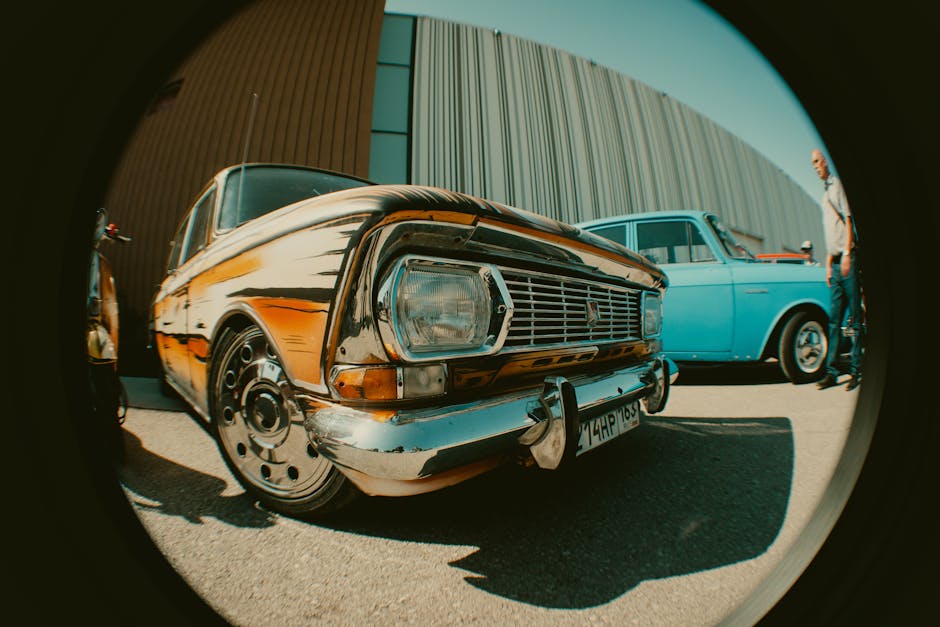
Photo by Антон Злобин on Pexels
As the automotive industry was finding its footing in the 1920s, the features we take for granted now were considered groundbreaking then. Manual windshield wipers, though seemingly primitive today, were essential additions for the inclement weather, adding convenience and safety for the drivers.
Another prominent feature was the ammeter. It informed the user about the performance and condition of the vehicle’s electrical system. The presence of an ammeter was a symbol of sophistication in a 1920s car, a nod to the growing importance of technology in vehicles.
Furthermore, oil pressure gauges, while commonplace today, were considered a significant advancement. They ensured the engine oil pressure was maintained, alerting the driver about potential engine damage and thus, extending the vehicle’s life span. These features represented the cutting-edge technology of the period, paving the way for future advancements.
Evolution of Car Design – How car designs moved from the rudimentary horseless carriage look to a more modern, sleek look, thanks to advancements in engineering and design.
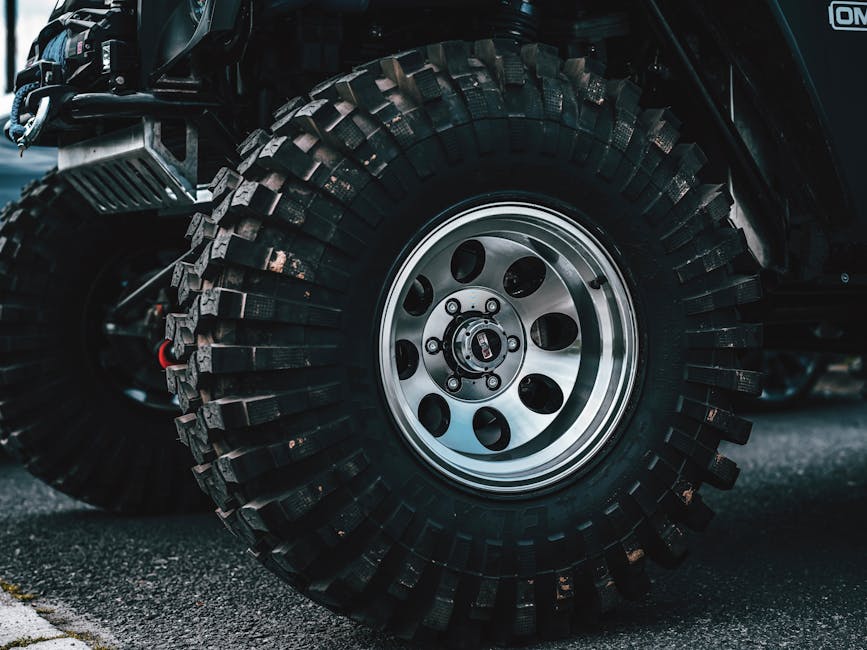
If we trace the inception of car designs, we’d land in the thick of the Roaring Twenties – a time of transformation for automobile design. The early cars bore an uncanny resemblance to horse-drawn carriages sans the horses.
Yet, this rudimentary vehicular look didn’t last long. As the 1920s rolled, advancements in engineering and design paved the path for sleeker, modern car designs. New technological procurements allowed for extended hoods, curving fenders, and a switch from the previously popular stark shapes to aerodynamic contours.
The ingenuity didn’t stop there. Designers began to experiment with colour and style, injecting an eclectic range of elements into the standard car design template. From being a utility machine to becoming a stylized symbol of status, the transformation of car designs was, and continues to be, a testament to human ingenuity and innovation.
The Age of Luxury Cars – Highlighting some of the top luxury car manufacturers of the 1920s such as Rolls-Royce and Bugatti.
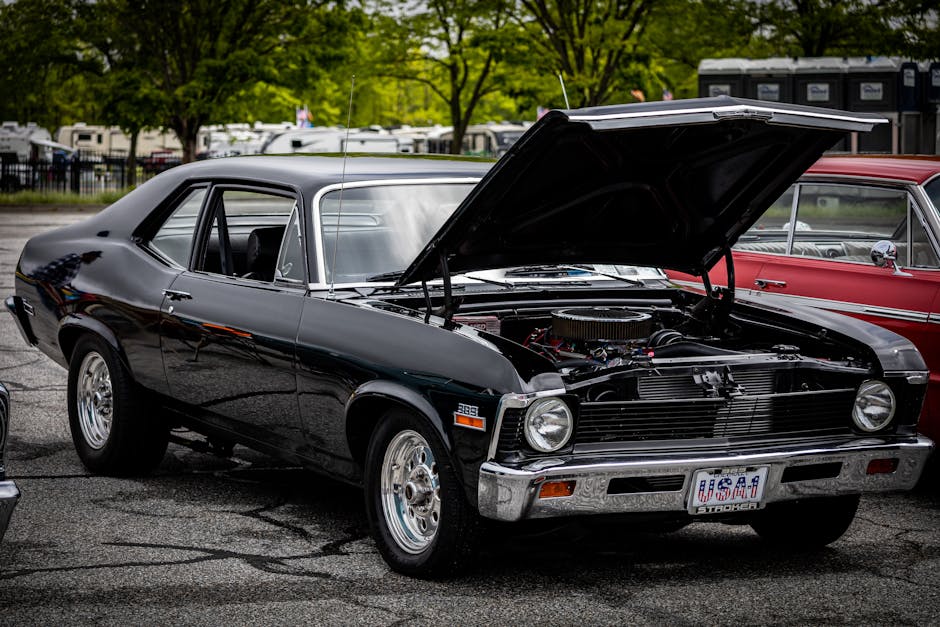
Photo by Captured Hal ⁰ on Pexels
The 1920s heralded the age of luxury cars, an era synonymous with sophistication, innovation, and high-class motoring. Unquestionably, the frontrunners were brands like Rolls-Royce and Bugatti, whose distinctive features and exceptional build were revered around the world.
Under the visionary leadership of Charles Rolls and Henry Royce, Rolls-Royce introduced the Phantom I, epitomizing British luxury on wheels and leaving an indelible mark on automotive history. This lavish motorcar turned heads with its cutting-edge technology, regal design, and superior comfort.
Meanwhile in France, Bugatti was changing the landscape of high-performance automobiles. The Bugatti Royale, with its infinitely powerful engine, unprecedented speed, and unapologetic opulence, felt less like a vehicle and more like a palace on wheels.
These two brands set groundbreaking trends, perfectly capturing the spirit of the 1920s: a time of prosperity, ambition, and an appreciation for the finer things in life.
Automobiles and the Economy – Explaining the massive impact of the growing automobile industry on the U.S. economy and job market during the 1920s.
During the 1920s, the roaring automobile industry significantly propelled the U.S. economy. This period, often referred to as the ‘Automobile Age’, saw a remarkable surge in the manufacturing and sales of cars — a trend that impacted various sectors of the economy.
Increased production drove the expansion of the steel, glass, and rubber industries, as they were a fundamental part of automobile manufacturing. Oil companies too boomed as the demand for gasoline heightened.
The thrive of the automobile industry also directly translated to job creation. Beyond factory jobs, the boom spilled over to creating a need for gasoline stations, repair shops, and car dealerships, contributing to a lower unemployment rate in the 1920s. The automobile industry’s revolutionary impact bolstered the U.S. economic prosperity during this era.
Role in Cultural Changes – Outlining how cars changed social and cultural norms, including dating habits and women’s independence.
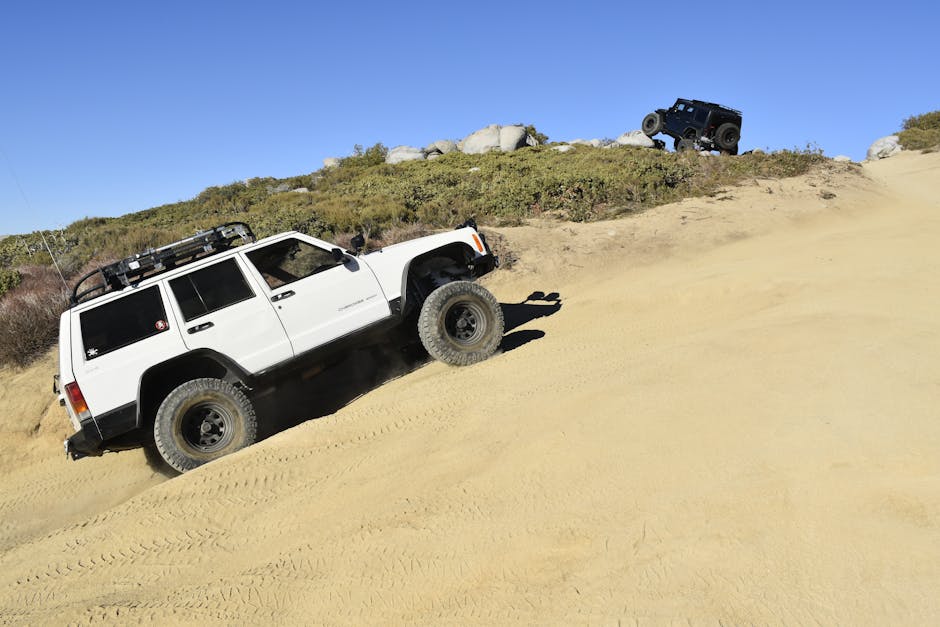
Photo by Luis Valencia on Pexels
Photo by Антон Злобин on Pexels
The automotive revolution of the 1920s profoundly influenced social and cultural norms. Before cars, dating was typically supervised within the girl’s home. However, with the advent of automobiles, couples could conveniently drive to secluded spots, hence boom the modern dating culture.
Moreover, the accessibility of cars also catalyzed women‘s independence. The societal perception shifted from viewing driving as a masculine pursuit to a necessary skill regardless of gender. Women were, for the first time, able to travel unchaperoned, facilitating their participation in societal activities, and reshaping gender roles.
Thus, the automobile facilitated a notable societal shift, upending established norms and empowering the individual. It set the stage for the cultural maturation of the twentieth century. The echoes of this transformation resonate today, reflecting the power the 1920s automobile revolution wielded in shaping our world.
Influence on Infrastructure – Discussing how the rise of automobiles led to developments in road construction, fuel stations, and motels.

The boom of the automobile industry in the 1920s didn’t just transform transportation; it altered our infrastructure in profound ways. Suddenly, well-kept roads became an absolute necessity, leading to an exponential growth in road construction projects. Cities and towns were connected like never before, taking human interaction and commerce to unprecedented levels.
As automobile usage increased, the demand for fuel skyrocketed. This gave birth to a new industry – fuel stations. Strategically located on popular routes, they became vital rest and refueling points for travelers.
In parallel, an unexpected rise in roadside motels sprung up, catering to drivers’ need for rest during long journeys. These motels were a manifestation of America’s growing love for the open road, an ode to freedom and the spirit of adventure. The 1920s automobile revolution, in retrospect, was more than just about cars; it was about reshaping the American landscape itself.
Car Racing in the 1920s – Touching on the beginnings of motorsport and popular race car drivers from this era.
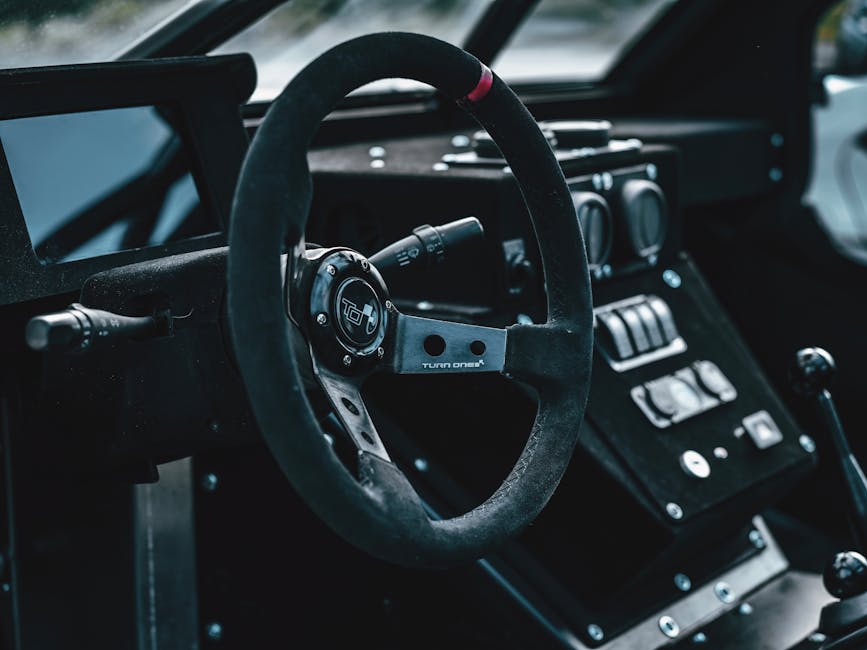
Photo by Egor Komarov on Pexels
Photo by Антон Злобин on Pexels
The advent of the 1920s saw the rapid growth of car racing, marking the beginning of structured motorsport. This era formed what we now know as high-performance racing, spurring an adrenaline-fuelled industry brimming with innovation and competition.
Notably, illustrious racers emerged in the 1920s, dominating the racing circuits. Drivers like Tommy Milton and Jimmy Murphy became household names, their daring manoeuvres fuelling the excitement of crowds worldwide. These pioneers showcased their skills in iconic races such as the Indianapolis 500 and Le Mans 24 hours, truly cementing their legacies.
Their triumphant displays on the track both inspired future racers and advanced automotive technology. Indeed, the 1920s proved pivotal in bringing speed and racing into the mainstream, shaping the motorsport industry as we know it today.
"> /var/www/dsw/wp-content/themes/DriveSmart_2024_v1.1/single.php on line 177
">
"> /var/www/dsw/wp-content/themes/DriveSmart_2024_v1.1/includes/quote-modal.php on line 8
">


